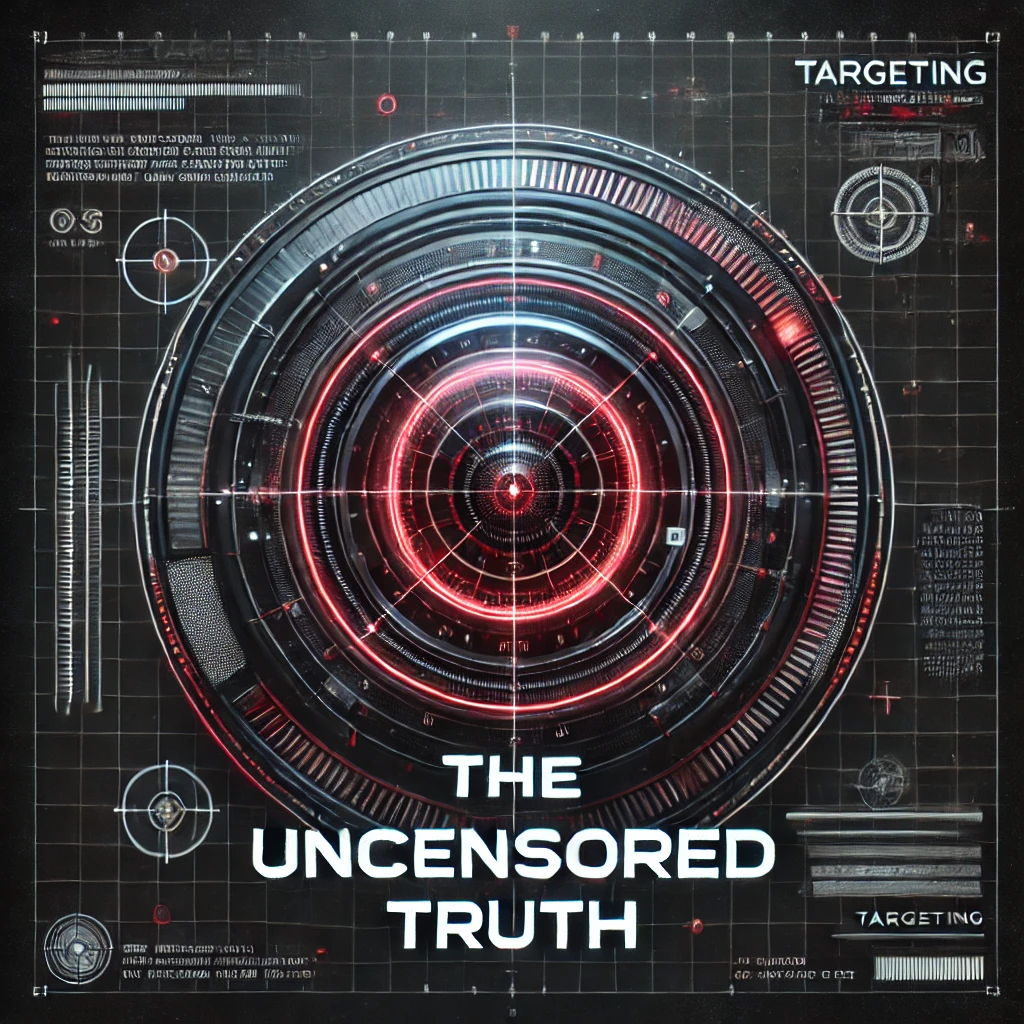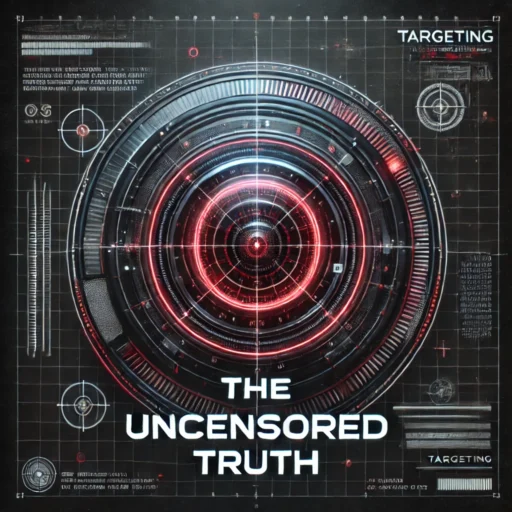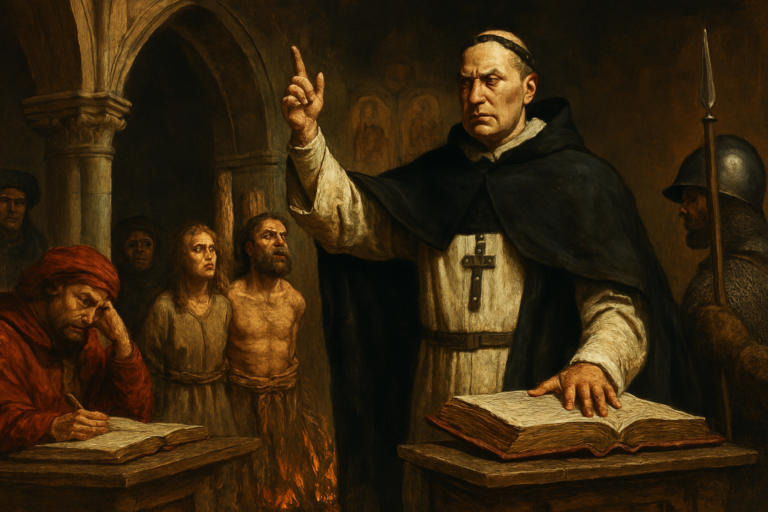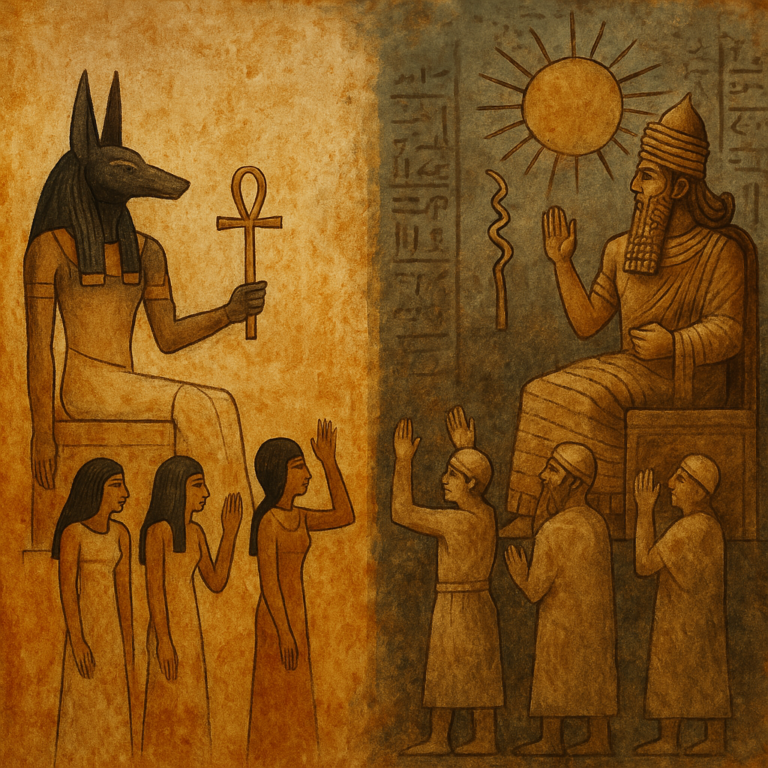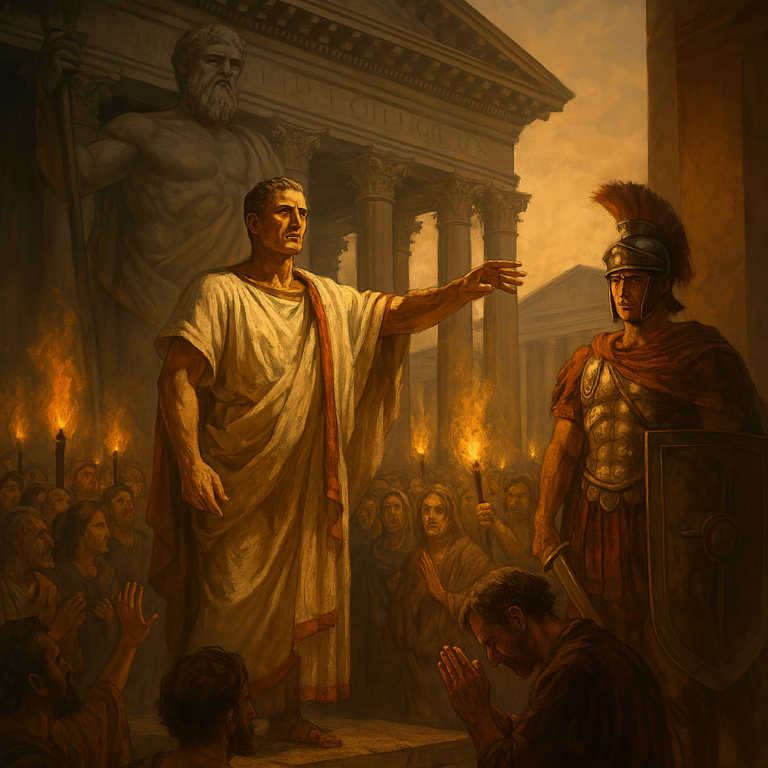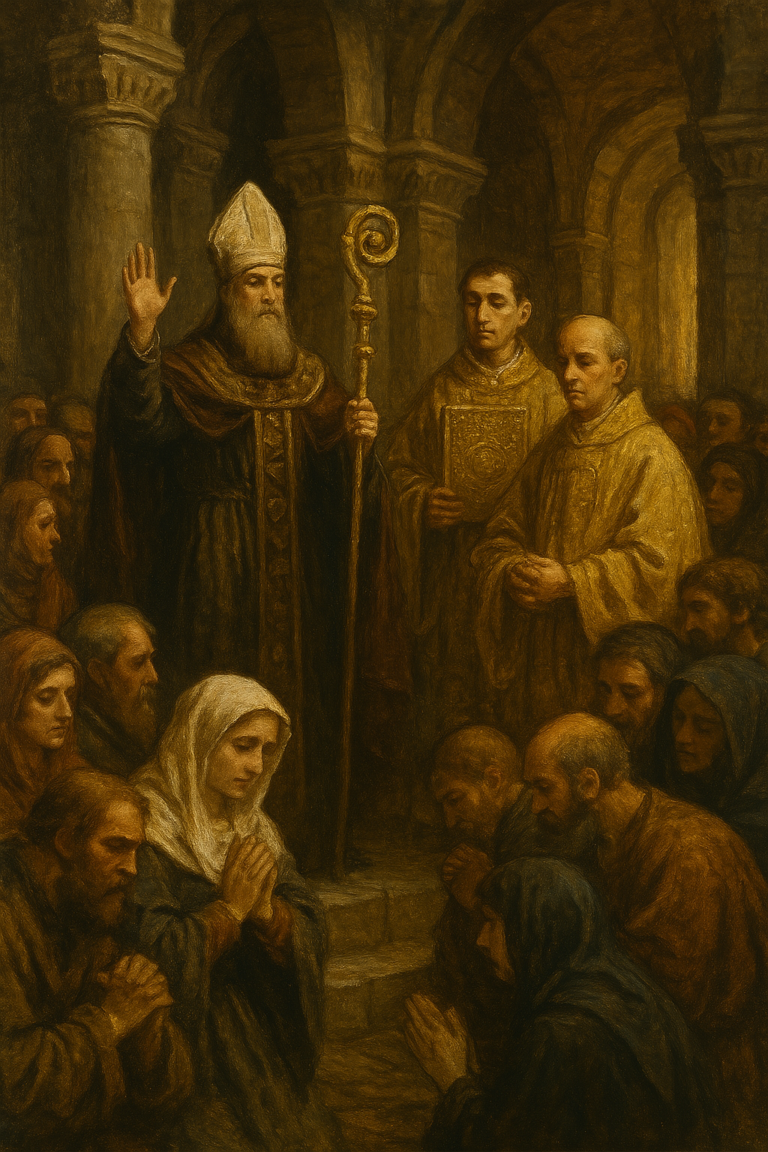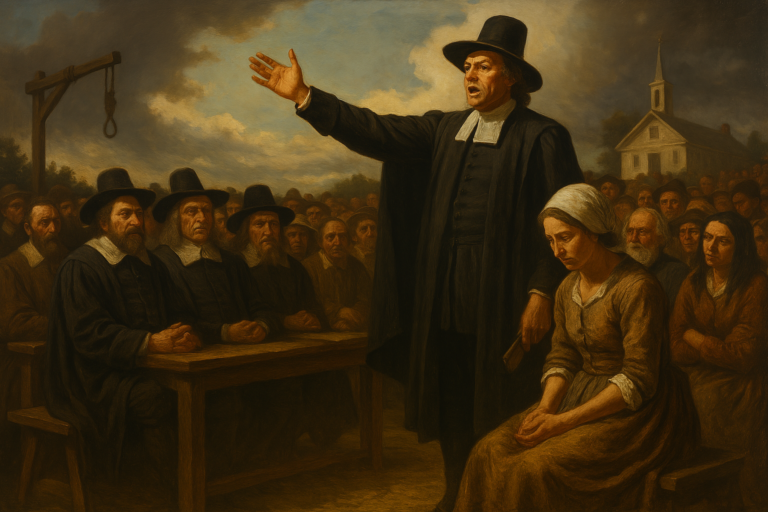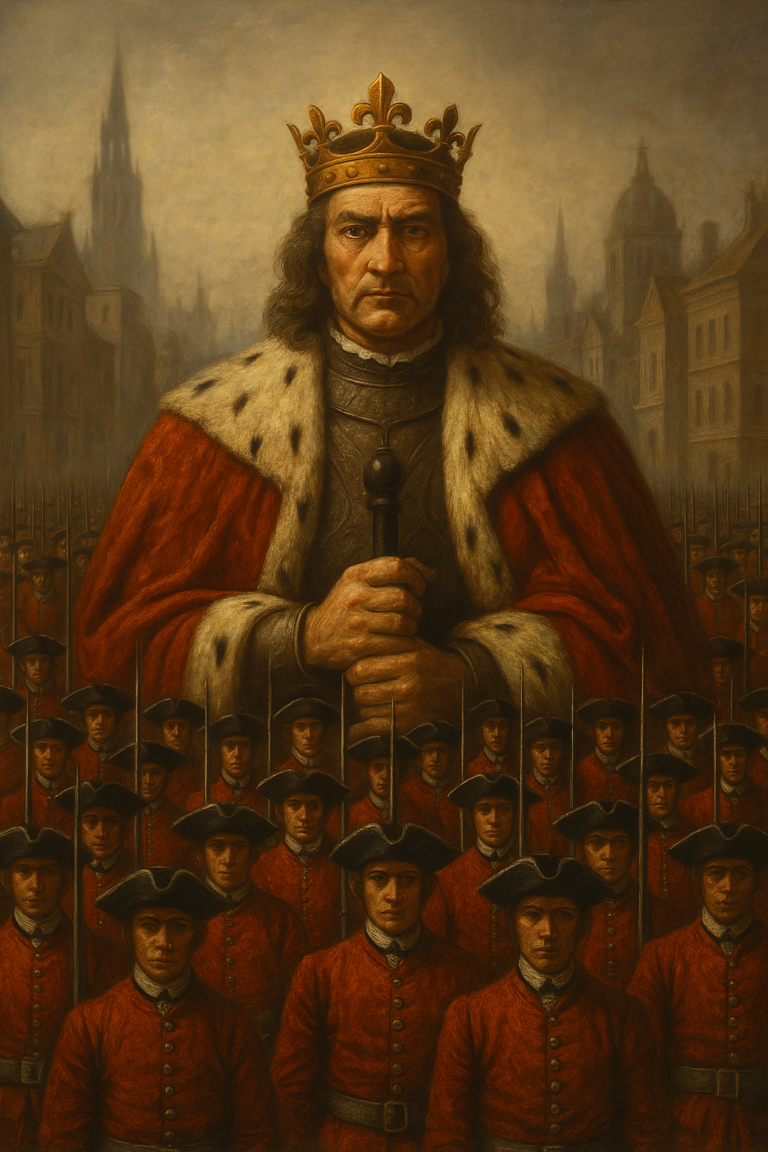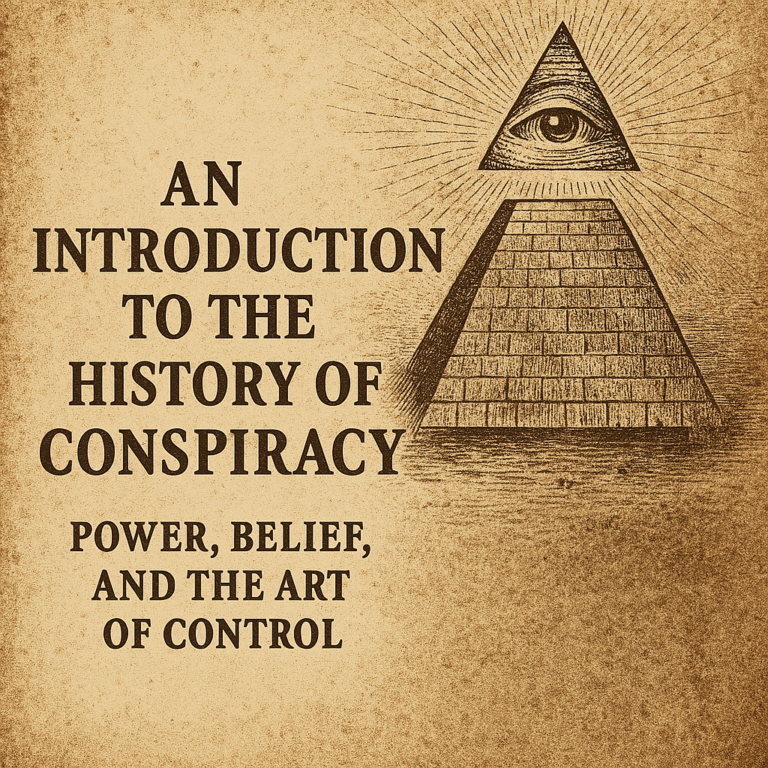Part IV: 1000 to 1500 AD: When Belief Became Punishment
By the turn of the first millennium, Europe had begun to stabilize after centuries of upheaval following the fall of Rome. But this newfound order wasn’t built on liberty. It was founded on obedience — and the instrument that enforced it was the union of Church law, feudal power, and institutionalized fear.
Where the early medieval Church shaped belief through myth, ritual, and moral teaching, the high Middle Ages gave rise to something far more aggressive: the formal punishment of thought itself. Between 1000 and 1500 AD, control mechanisms shifted from social expectation to systemic terror. Doubt became heresy. Questioning doctrine became treason. And enforcement moved from whispered shame to state-sanctioned fire.
This transformation was anchored by a new institution — one of the most feared and enduring in history:
The Inquisition.
Heresy as Existential Threat
In a world where nearly every aspect of life was governed by the Church — from baptism to burial — heresy was more than error. It was a form of ideological contagion. To think incorrectly was to endanger not only your own soul, but the souls of your family, village, and even kingdom.
This fear wasn’t abstract. Church officials taught that heretics corrupted entire communities, drew divine punishment, and weakened the social fabric. As a result, the punishment for heresy wasn’t a private matter — it was spectacular, theatrical, and often final.
🔹 Case Study: The Cathars
The Cathars, a dualist Christian sect in southern France, rejected the Catholic Church’s authority, the sacraments, and worldly wealth. They preached pacifism and simplicity — but also that the material world was evil. This theological divergence posed a direct threat to the Church’s claim to embody divine authority on Earth.
In response, Pope Innocent III launched the Albigensian Crusade in 1209.
What followed was a 20-year campaign of extermination. The city of Béziers was infamously razed, and between 20,000 and 60,000 people — including many non-Cathars — were slaughtered.
“Kill them all. God will know His own.”
— Arnaud Amalric, papal legate, 1209
The crusade introduced the promise of salvation from the slaughter of other Christians. And the lesson wasn’t just for heretics — it was for everyone watching. The Church would rather destroy an entire city than tolerate a dangerous idea.
The Birth of the Inquisition
The Inquisition was formally created by Pope Gregory IX in 1231, responding to the growing visibility of unorthodox groups like the Cathars and Waldensians. Initially launched in southern France and northern Italy, the system quickly spread — becoming one of the most influential legal and ideological forces in Europe for centuries.
Unlike ad hoc heresy trials of earlier periods, this new Papal Inquisition was institutionalised:
- Inquisitors were typically Dominican friars, chosen for their education and perceived purity.
- They had unilateral authority to investigate, detain, and try suspected heretics.
- Accused individuals could be detained indefinitely, often without knowing their accusers or charges.
- Torture was formally authorised by the Church in 1252 under Pope Innocent IV.
- Confession was frequently extracted under duress — and recanting after a confession could lead to death.
The proceedings were often secret, and the process itself was designed less for justice than for extracting public compliance.
“The inquisitor’s duty is not to condemn, but to lead the lost sheep back to the fold.”
— Bernard Gui, Dominican inquisitor (c. 1300)
Gui’s writings were less charitable than his rhetoric. His Practica Inquisitionis offers a detailed manual on identifying, interrogating, and sentencing heretics — including advice on how to manipulate witnesses, pressure communities, and exploit fear of damnation.
The Spanish Inquisition: Nationalised Orthodoxy
While the earlier Inquisitions were Church-led, the late 15th century saw the rise of the Spanish Inquisition — a joint project between monarchy and clergy to enforce unity through terror.
Established in 1478 by Ferdinand and Isabella, the Spanish Inquisition was intended to ensure the sincerity of Jewish and Muslim converts to Christianity — but its reach soon expanded.
- Conversos (Jewish converts) were surveilled for observing Old Testament customs.
- Moriscos (Muslim converts) faced similar scrutiny.
- Even “Old Christians” could be tried for failing to denounce others.
- Property from the accused was often confiscated, creating financial incentives for accusations.
The Spanish Inquisition developed its own brutal reputation, including public burnings (autos-da-fé), forced penance, and prison sentences often worse than execution.
Its longevity is staggering: the Inquisition in Spain wasn’t formally abolished until 1834.
Control Strategy #1: Tie religious purity to national identity.
Fear Mechanism #1: Build a system where suspicion equals guilt — and guilt enriches the enforcers.
The Role of Torture: Justified Cruelty
Though technically regulated, torture became a central tool of the Inquisition. Methods were designed not for pain alone, but to produce confession — and therefore justify punishment.
Techniques included:
- The strappado (suspension by the wrists with weights)
- The rack (stretching the body until joints dislocated)
- Thumbscrews, hot irons, and mock executions
- Psychological torture: isolation, darkness, staged threats to loved ones
Inquisitors argued that the salvation of a soul was worth any physical suffering. Torture was framed as merciful — a way to save the heretic from eternal hell.
But its real function was simpler: to force conformity through fear.
Control Strategy #2: Frame coercion as compassion.
Fear Mechanism #2: Redefine suffering as divine discipline.
Confession and the Surveillance of the Soul
While the Inquisition dealt with overt heresy, the broader Church enforced orthodoxy through confession, sermons, and sacramental discipline.
From the 13th century onward, annual confession became mandatory. Parishioners were expected to confess not just sins, but suspicions, thoughts, and doubts — turning priests into a spiritual surveillance class.
- People were encouraged to report not only their own failings, but those of others.
- Clergy could withhold absolution — or impose penitential acts that became public shame rituals.
- Priests were trained to identify signs of “spiritual deviation” and report serious concerns.
“He who conceals a heretic shares in his sin.”
— Canon law, 13th century
This system did not require prisons in every town. It required only fear of being found out.
Control Strategy #3: Normalize self-policing through confession.
Fear Mechanism #3: Make transparency a moral obligation — and privacy a red flag.
Burning Books, Controlling Minds
As Europe moved toward the Renaissance, access to knowledge became a greater threat. The Church responded by expanding censorship and tightening its grip on intellectual life.
- The Index of Forbidden Books formally began in the 16th century but reflects earlier efforts to suppress “dangerous thought.”
- Manuscripts deemed heretical were burned or locked away.
- The rise of universities did not lessen control — many were operated by religious orders, teaching only approved doctrine.
Control of ideas wasn’t just about content. It was about gatekeeping reality.
If people could read only what the Church approved, then alternate worldviews became literally unthinkable.
Control Strategy #4: Make knowledge a licensed privilege.
Fear Mechanism #4: Associate intellectual curiosity with sin and damnation.
The Psychological Cost: A Society in Fear
The Inquisition didn’t just punish heretics — it shaped the psychology of Europe.
- Citizens lived with the constant threat of denunciation — by neighbors, children, even spouses.
- People learned to suppress questions, doubts, and instincts.
- The safest path was not just obedience, but preemptive orthodoxy — outward displays of devotion, enthusiastic denunciations, ritualised compliance.
The result was a culture where power flowed not from the sword, but from the mind — conditioned to self-regulate, to doubt itself, and to fear even the impulse to question.
“No need to watch them,” one inquisitor is said to have remarked. “They watch themselves.”
Was the Inquisition Just About Faith?
Apologists argue the Inquisition was a product of its time — a response to instability, heretical violence, or spiritual urgency. But while some elements of that are historically grounded, the larger pattern is clear:
The Inquisition was not a glitch. It was a feature.
A system designed to ensure obedience by turning belief into law — and law into terror.
This wasn’t just about defending orthodoxy.
It was about preserving power — religious, economic, and social — under the cloak of eternal truth.
Coming Next: Reformation, Printing Presses, and the Weaponisation of Truth – 1500 to 1700 AD
In Part V, we enter the age of disruption — where the monopoly on belief begins to fracture.
The printing press, religious schisms, and revolts challenge centuries of ideological control — and the response is a new wave of censorship, surveillance, and counter-reform.
Because when control breaks, power must either adapt — or escalate.
